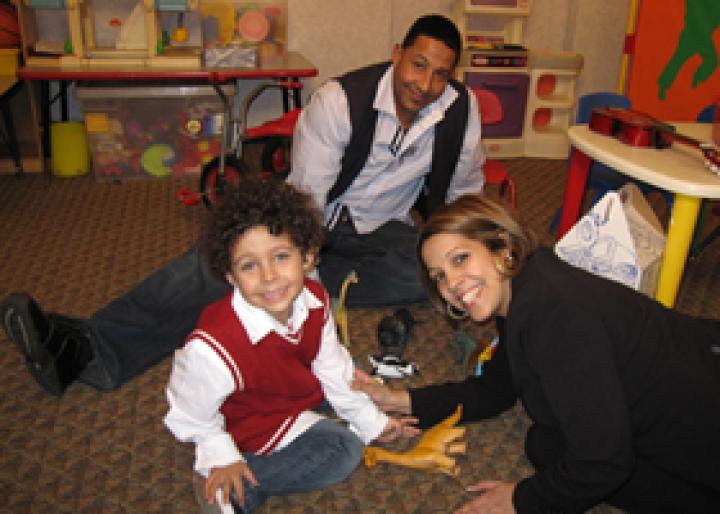Share
by Dr. Peter DellaBella
Medical Director, Premier HealthCare
When a child is first diagnosed with an autism spectrum disorder, his or her parents are confronted with so many decisions. What do I do first? Where do I go? What can I worry about later? Sometimes, this can be overwhelming. In my experience, it is best to simplify the process as much as possible. There are indeed priorities and bases to cover first, but there is also planning that you can do to create a sort of “road map” to guide your next steps in preparing for the future.
Get an Evaluation
The first step for parents who believe that their child may have an autism spectrum disorder is to get an evaluation from a reliable source. These days, in many metropolitan settings there are one or more autism centers that typically offer a range of services, including psychiatric and psychological evaluations. Center-based approaches offer the possibility for comprehensive evaluation and a treatment plan that no single clinician can do alone.
Obtain Services
After an evaluation is completed and a treatment plan is in place, the next area to pursue is getting appropriate services. The younger a child is when he or she begins to receive services, the more his or her developmental trajectory can be positively affected by intensive educational and developmental interventions. Key educational services include early intervention, for infants and children from birth to age three; center-based preschool, which maximizes a child’s development when parents work with teachers and therapists to use classroom strategies and techniques at home; and special education itinerant teaching and related services at daycare, pre-school or home.

Find a Good Physician
Another key for meeting the challenges of autism is to find—and stay with—a professional who really knows autism. These clinicians are most often primary care medical professionals or specialists such as psychiatrists or neurologists, but they can also be social workers or psychologists. Key questions to ask are:
- Can they recognize the range of behavioral and educational issues that typically arise in children with ASDs?
- Do they have a network of providers for referrals?
- Can they work with a family over the long term?
Pace Yourself
Trying to identify and meet all the needs of a child with an ASD can be overwhelming and time-consuming. It is important to remember that not everything is an immediate priority. Here are some important things that parents can do at their own pace:
Join a Parent Advocacy Network. I’ve spoken at many parent advocacy network meetings throughout the New York City area and it hasn’t taken long to realize the enormous value of these groups in sharing information and support.
Familiarize Yourself with State Funded Programs for People with Disabilities. A good reason to receive intellectual and adaptive functioning testing is to establish eligibility for family support services including parent training, advocacy, service coordination, financial assistance, crisis intervention and behavior management, often at no cost to the family.
Plan for the Transition into Adulthood. A major transition time in the lives of people with autism is when they age out of school, which in many states is at 21. When your child reaches adolescence, it makes sense to start thinking about social/vocational opportunities, legal status, residential options and finances. To find out more, check with your state governmental agency that provides services for people with developmental disabilities, work through parent advocacy contacts, or consider attending a conference on planning needs for people with autism.
Consider Legal and Financial Planning. Fostering independence is the ultimate aim of all developmentally based programs. Guardianship, financial trusts, health care proxies and estate planning are important topics to explore. Parents can learn more by contacting an agency working with people with developmental disabilities, or by attending one of many conference workshops on the topic.
Explore Residential Options. Maximizing independence by helping a grown child successfully transition to a new supported life outside the home can be an important developmental step. Though the waitlists can be long, residences are learning environments in which trained staff can best help facilitate greater independence and growth.
Consider genetic testing. In a few years, it may be possible to diagnose the genetic cause of some cases of autism, which can allow for more targeted preventive strategies and increase family members’ understanding of their risk of passing on symptoms.
Remember the Bottom Line
While there may not be a clear endpoint for parents of individuals with ASDs where all is neatly wrapped up, there is certainly hope. Today, there are more websites, resources and supports than ever to help parents on their journey. And with each passing year, while the answers won’t be simple, at least the questions are becoming clearer and clearer.
